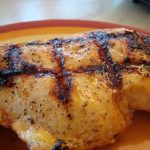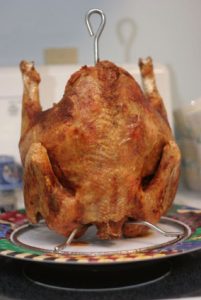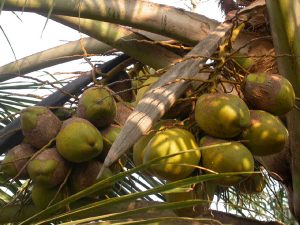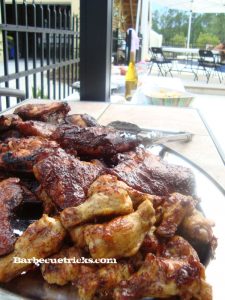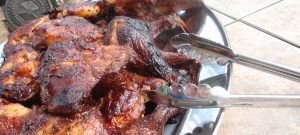Ever wonder why steaks look so much better on TV?
For some reason that diamond shaped stamp of caramelization equals the true sign of a perfect steak.
Any BBQ cook should know the secret to professional presentation GRILL MARKS. Gotta have ’em. It’s mainly a matter of paying attention from the start.
- First, crank up the heat like you would on direct heat grilling. Heat Helps.
- Immediately clean the grill grates and oil with a wet (with oil) napkin.
- Place the meat on the grill in the same direction so you’ll mark them the same. Once you set it down — LEAVE IT ALONE – until:
- After one fourth the cooking time simply rotate the piece either 45 degrees (for diamond) or 90 (for squares).
- At the halfway point… flip and repeat from step three.
- One side typically looks better than the other. Put that side up.
